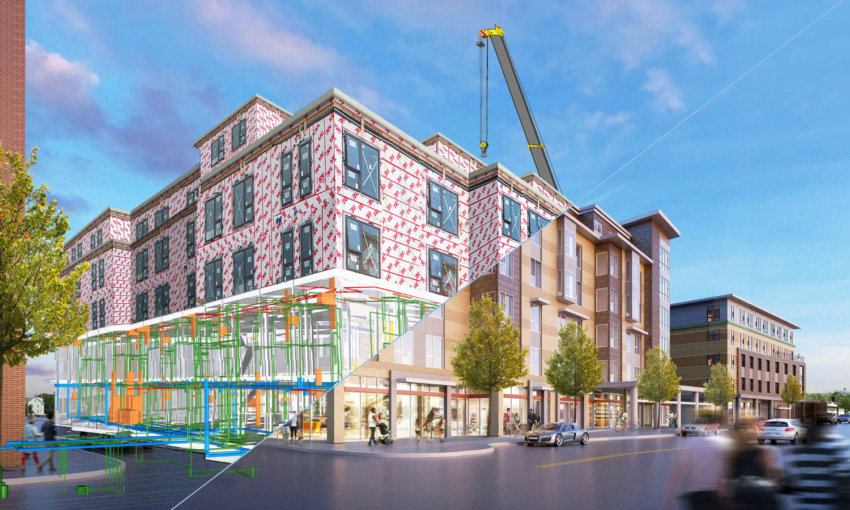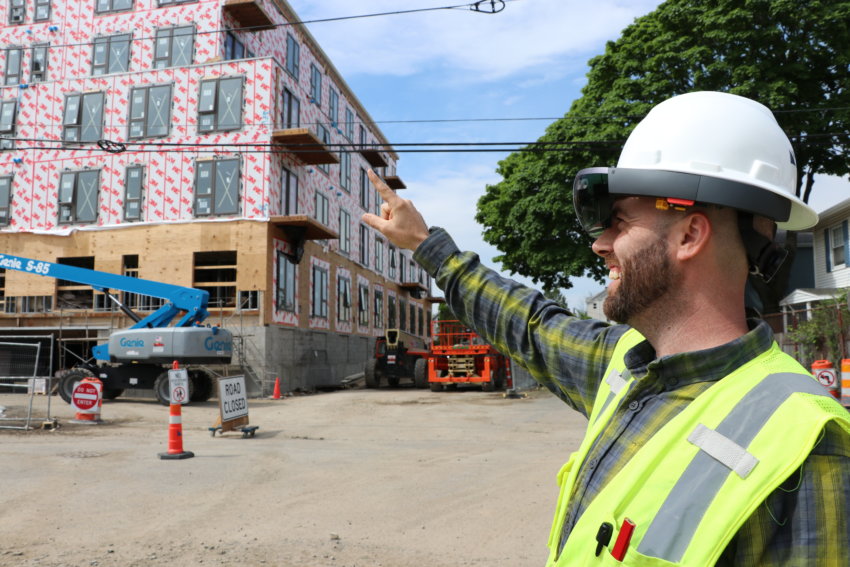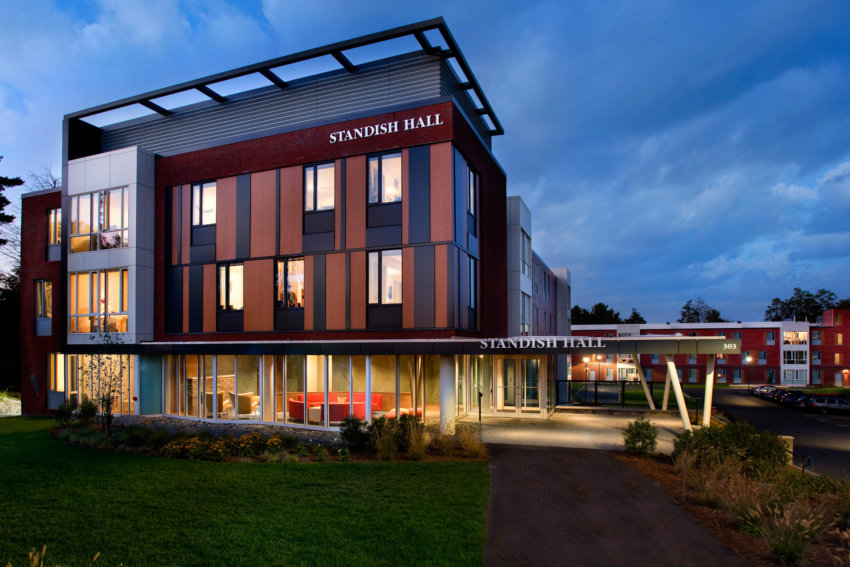Contributor: Derrick Seitz, Senior Project Manager
Modular and prefabrication have become scalable construction solutions that allow for an expedited approach that is step changing the outcomes of the construction industry today. By utilizing modular construction, multi-residential projects – from student dormitories to affordable housing units – can be brought to market faster with the same level of craftsmanship as traditional construction. To maintain schedule, budget, and quality, while providing certainty of outcome, there are important checkpoints throughout the entire fabrication process that help the final product come together seamlessly. That process starts well before the modular units are assembled in the factory and begins in the early stages of design.
Design Phase
It is imperative the architect, construction manager, and modular fabricator collaborate during the design phase to review the constructability of the design through a modular lens. At Windover Construction, we use our in-house Virtual Design & Construction (VDC) capabilities in this stage, in conjunction with our knowledge gained from extensive experience and understanding of how modular buildings go together, to build it virtually first. This allows all project stakeholders to see how the building will be built and detect any potential issues early and before fabrication begins. As the design information is integrated into modular shop drawings, they are carefully reviewed for any deviation from design to avoid costly issues later on during installation. Being well integrated with the onsite trades, we can determine prior to factory production what details will and will not work in the field once the boxes reach the site.

BIM Model – Canvas Apartments
Fabrication Phase
Maintaining budget, schedule, and quality during the fabrication phase requires continued communication among the entire project team and regular QA/QC inspection – even though the modules are being built in a factory oftentimes hundreds of miles from the project site. For all of Windover’s modular projects, the project team visits the factory regularly during production, and are often joined by trade foreman. It is especially important for the MEP trades to be involved in the fabrication process to understand how the systems will connect when the modular boxes are set on site and final connections need to be made.

Virtual Reality for MEP Coordination – Canvas Apartments
Installation Phase
Just as the collaboration is key during the design phase, the sharing of information during the installation phase is equally important. Having a crew from the modular company, with their understanding of how the boxes were built and how to make the structural connections, transport and install the boxes reduces risk and allows for a more seamless installation. To further ensure certainty of outcome before the boxes arrive on site, Windover will conduct continuous QA/QC by using virtual reality to overlay BIM models including MEP coordination to detect any issues before walls are closed and deviations from the plans initiate problems at the jobsite.
“It has never been more clear to me that modular and volumetric construction will lead the industry into the future,” Windover’s President and CEO Stuart Meurer shares. That is why proactive efforts such as these early in the fabrication process will make the difference between a satisfactory experience and one that will build confidence in the off-site construction process.

Standish Hall at Endicott College
This article was also featured in High-Profile’s April 2021 Issue.
